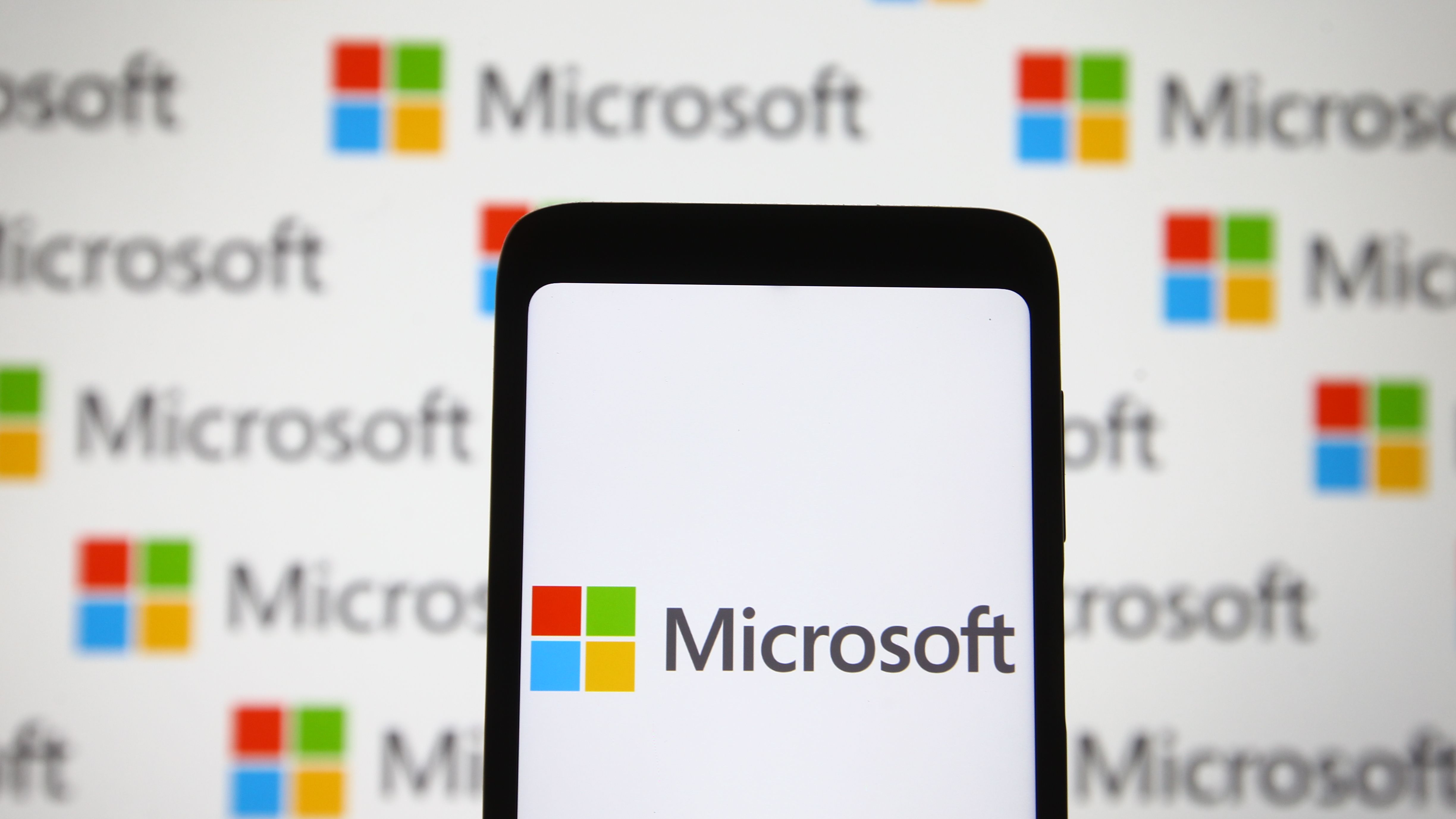Microsoft's Patch Tuesday fixes 70 vulnerabilities after a troublesome January update
Microsoft will be hoping for a bug-free round of patches after admins complained of January's updates breaking more components than they fixed


Microsoft's latest round of security updates for Windows, often referred to as 'Patch Tuesday', have been released addressing a total of 70 vulnerabilities across Microsoft and Windows products.
The latest round of patches include fixes for 17 privilege escalation flaws, 16 remote code execution (RCE) issues, 22 Chromium-based Edge browser flaws, and three security feature bypasses, among others.
None of the vulnerabilities are rated critical - categorised by a CVSSv3.1 score of 8.9 or higher - though there are a significant number that have a score of 8.8, just shy of critical status and categorised as 'important'.
There is also no known active exploitation of any of the 70 vulnerabilities fixed by Microsoft at the time of writing, though proof of concept (PoC) code does exist for a small number of them, meaning businesses should apply patches regardless of the level of exploitation currently.
"It may have happened before, but I can’t find an example of a monthly release from Microsoft that doesn’t include at least one Critical-rated patch," said Dustin Childs at the Zero-Day Initiative.
"It certainly hasn’t happened in recent memory. Interestingly, Microsoft has chosen to provide some additional explanations of CVSS ratings in this month’s release, but there are still many details about the bugs themselves that are left obscured."
Among the most severe of the 70 bugs addressed in this week's update are issues related to Microsoft SharePoint, an assortment of Windows 10 and Windows Server versions, Azure Data Explorer, and Visual Studio code.
Get the ITPro daily newsletter
Sign up today and you will receive a free copy of our Future Focus 2025 report - the leading guidance on AI, cybersecurity and other IT challenges as per 700+ senior executives
Patch Tuesday highlights
Windows DNS Server RCE Vulnerability - CVE-2022-21984
Given a score of 8.8/10, this RCE flaw is among the most severe in this week's patch list and is considered by Microsoft to be a low complexity attack, require low levels of privileges in order to execute, and could result in "a total loss of availability". If exploited, the attacker could fully deny access to resources in the impacted component.
Qualys said: "the server is only affected if dynamic updates are enabled, but this is a relatively common configuration. An attacker might entirely take control of your DNS and execute code with elevated privileges if you have this set up in your environment."
Windows Kernel Elevation of Privilege Vulnerability - CVE-2022-21989
Although on the lower-end of the severity scores with a CVSSv3.1 rating of 7.8/10, this privilege escalation flaw has PoC available which led Microsoft to describe this particular vulnerability as more likely to be exploited.
It also noted this is a high complexity attack and likely only able to be carried by a sophisticated threat actor given that exploitation success is dependent on conditions beyond the attacker's control.
"A successful attack cannot be accomplished at will, but requires the attacker to invest in some measurable amount of effort in preparation or execution against the vulnerable component before a successful attack can be expected," said Microsoft.
Given the local attack vector, a hacker would either need physical access to the target machine via its own connected keyboard and mouse. Alternatively, a remote attack could feasibly work via SSH remote access or tricking a user into opening a malicious document.
Microsoft SharePoint Server RCE Vulnerability - CVE-2022-22005
Another of the "more likely" vulnerabilities patched in this update is an 8.8/10-rated RCE flaw affecting Microsoft SharePoint Server. A low complexity attack requiring low levels of privileges, Microsoft said "an attacker can expect repeatable success against the vulnerable component" due to the absent specialised access conditions or extenuating circumstances required to achieve exploitation.
Windows administrators can access the updates via Microsoft Update Catalogue.
Patch Tuesday problems
January's Patch Tuesday caused somewhat of an uproar among Windows administrators last month which led many to forgo the myriad security patches released by Microsoft, including a number of zero-day vulnerabilities.
RELATED RESOURCE

Vulnerability and patch management
Keep known vulnerabilities out of your IT infrastructure
Online discussions revealed many admins were complaining that updates were breaking core components of their business environments and some uninstalled the updates entirely to resume normal order.
Experts at the time commented that security patches are almost always recommended to be applied as soon as they become available, but it "is very much a question of risk management and risk assessment," according to Andy Norton, European cyber risk officer at Armis.
It's not generally advised to ignore security updates, but if they are causing more disruption than they potentially may fix, then businesses may feel it would be better to wait a month for a more stable version to be released.
"January’s patch release may have left some IT teams feeling somewhat sour as Microsoft had to re-issue updates to fix some unexpected issues caused by the updates," said Kev Breen, director of cyber threat research at Immersive Labs to IT Pro in relation to today's patches.
"This should not be used as an excuse to skip updates, but it does reinforce how important it is to test patches in a staging environment or use a staggered rollout, and why monitoring for any adverse impacts should always be a key step in your patching policy."

Connor Jones has been at the forefront of global cyber security news coverage for the past few years, breaking developments on major stories such as LockBit’s ransomware attack on Royal Mail International, and many others. He has also made sporadic appearances on the ITPro Podcast discussing topics from home desk setups all the way to hacking systems using prosthetic limbs. He has a master’s degree in Magazine Journalism from the University of Sheffield, and has previously written for the likes of Red Bull Esports and UNILAD tech during his career that started in 2015.
-
 Cleo attack victim list grows as Hertz confirms customer data stolen
Cleo attack victim list grows as Hertz confirms customer data stolenNews Hertz has confirmed it suffered a data breach as a result of the Cleo zero-day vulnerability in late 2024, with the car rental giant warning that customer data was stolen.
By Ross Kelly
-
 Lateral moves in tech: Why leaders should support employee mobility
Lateral moves in tech: Why leaders should support employee mobilityIn-depth Encouraging staff to switch roles can have long-term benefits for skills in the tech sector
By Keri Allan
-
 Hackers are targeting Ivanti VPN users again – here’s what you need to know
Hackers are targeting Ivanti VPN users again – here’s what you need to knowNews Ivanti has re-patched a security flaw in its Connect Secure VPN appliances that's been exploited by a China-linked espionage group since at least the middle of March.
By Emma Woollacott
-
 Broadcom issues urgent alert over three VMware zero-days
Broadcom issues urgent alert over three VMware zero-daysNews The firm says it has information to suggest all three are being exploited in the wild
By Solomon Klappholz
-
 Nakivo backup flaw still present on some systems months after firms’ ‘silent patch’, researchers claim
Nakivo backup flaw still present on some systems months after firms’ ‘silent patch’, researchers claimNews Over 200 vulnerable Nakivo backup instances have been identified months after the firm silently patched a security flaw.
By Solomon Klappholz
-
 Everything you need to know about the Microsoft Power Pages vulnerability
Everything you need to know about the Microsoft Power Pages vulnerabilityNews A severe Microsoft Power Pages vulnerability has been fixed after cyber criminals were found to have been exploiting unpatched systems in the wild.
By Solomon Klappholz
-
 Vulnerability management complexity is leaving enterprises at serious risk
Vulnerability management complexity is leaving enterprises at serious riskNews Fragmented data and siloed processes mean remediation is taking too long
By Emma Woollacott
-
 A critical Ivanti flaw is being exploited in the wild – here’s what you need to know
A critical Ivanti flaw is being exploited in the wild – here’s what you need to knowNews Cyber criminals are actively exploiting a critical RCE flaw affecting Ivanti Connect Secure appliances
By Solomon Klappholz
-
 "Thinly spread": Questions raised over UK government’s latest cyber funding scheme
"Thinly spread": Questions raised over UK government’s latest cyber funding schemeThe funding will go towards bolstering cyber skills, though some industry experts have questioned the size of the price tag
By George Fitzmaurice
-
 Researchers claim an AMD security flaw could let hackers access encrypted data
Researchers claim an AMD security flaw could let hackers access encrypted dataNews Using only a $10 test rig, researchers were able to pull off the badRAM attack
By Solomon Klappholz